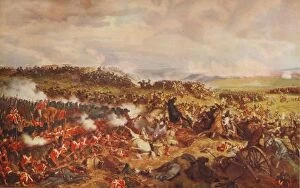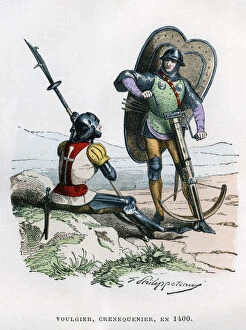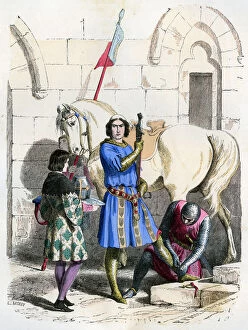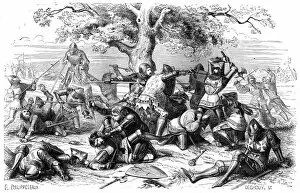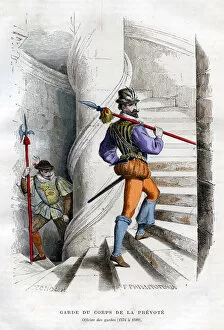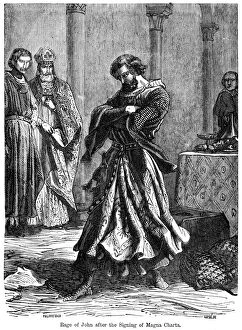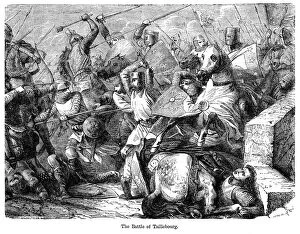Felix Henri Emmanuel Collection
Felix Henri Emmanuel Philippoteaux, a talented artist known for his historical paintings, captures the essence of various significant moments in history
For sale as Licensed Images
Choose your image, Select your licence and Download the media
Felix Henri Emmanuel Philippoteaux, a talented artist known for his historical paintings, captures the essence of various significant moments in history. From depicting the Charge of the French Cuirassiers at Waterloo to showcasing soldiers in action during different eras, Philippoteaux's art transports us back in time. In one painting, we witness knights from the 12th century being served by their loyal squires and pages. The attention to detail allows us to immerse ourselves in this medieval world. Similarly, another artwork portrays a Frankish count leaving for war during the 8th-9th century. We can almost feel the anticipation and bravery emanating from him as he prepares himself for battle. Philippoteaux also delves into specific battles that shaped history. In one piece, he depicts thirty French knights fiercely battling English forces in Brittany during 1351. The intensity on their faces reflects their determination to defend their homeland. The artist doesn't limit himself to capturing only warriors; he also presents scenes involving kings and rulers. For instance, we witness King John's rage after signing the Magna Carta—an event that marked a turning point in British history. Additionally, Philippoteaux portrays King Richard I before the Diet of the German Empire—a moment that showcases his diplomatic skills amidst political challenges. Furthermore, Philippoteaux immortalizes key battles such as The Battle of Taillebourg in France (1242) and Henry III at the Battle of Lewes (1264). These artworks allow us to visualize these pivotal conflicts with great accuracy and detail. One notable painting by Felix Henri Emmanuel Philippoteaux is centered around Napoleon Bonaparte's victory at Rivoli on January 14th, 1797—a triumph that solidified his reign as Emperor of France. Through this masterpiece, we can sense both chaos and triumph on the battlefield. Lastly but significantly poignant is an artwork portraying King Richard I receiving his fatal wound before the castle of Chaluz.

